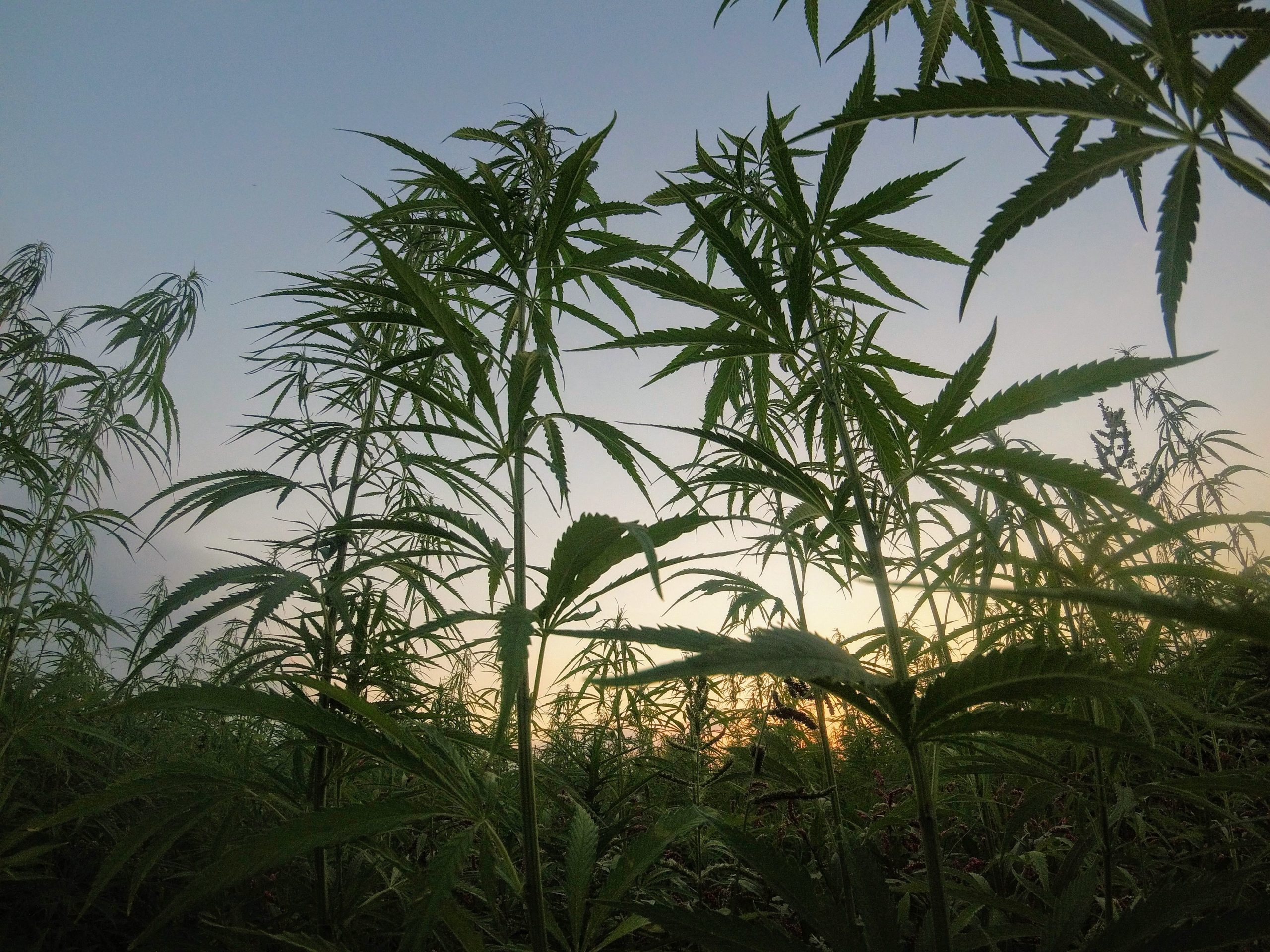Growing Basics – Gas Lantern Technique
Grower Essentials: The Gas Lantern Technique
Cannabis cultivation – and agriculture in general – go back thousands of years. And while incredible technological advances have been made, even more so recently, there are some tried and true methods that generation after generation of farmers continue to embrace. As the old adage goes – if it ain’t broke, why fix it?
One such practice popular in several types of farming – but especially in marijuana – is called the gas lantern technique. This trick involves altering traditional lighting patterns with the goal of boosting production while simultaneously cutting energy costs. Whether growing Black Jack from cannabis clones or Magic Melon via feminized seeds, this ancient nighttime practice may lead to a bountiful harvest. This article will explore the history of the gas lantern technique, how to implement it, and the potential benefits.
A Tale as Old as Time
The gas lantern technique’s mythology stems from the farmers of yesteryear. Wishing to scare off nocturnal pests in order to protect their precious crops, farmers would take gas lantern lights out to their fields in the dead of night. The bright objects would ward off invaders but also had a surprising effect on the crops themselves. It appeared that the vegetative state would be prolonged, resulting in higher yields and healthier plans.
In modern cannabis cultivation, the gas lantern technique is also credited to Reinhard Delp. An expert in ice water hash production, Delp was a big proponent of dark period interruption. With such expert testimony, the method became popularized in grows around the world.
Using the Gas Lantern Technique
Implementing the gas lantern technique is not difficult, especially for people using lights set on automatic timers. Beginning in the vegetative state of the plant life cycle, lights are on for 12 hours, followed by 5.5 hours of darkness. Lights them come back on for an hour, with another 5.5 hours of dark after that. The cycle then repeats. This is in comparison to the traditional 18 hours of light followed by six hours of dark typically seen in marijuana grows.
For the flowering stage, the usual light cycle is 12 hours followed by 12 hours off. Proponents of the gas lantern technique would instead do 11 hours of light followed by 13 hours of darkness. While the variation doesn’t seem too drastic, it still impacts the hormone levels of the plant.
What Happens to the Plants?
By reducing the period of darkness, the flowering hormone is not produced. Therefore, the plant will continue to grow. Roots are also given more opportunity to stretch their proverbial legs, leading to a stronger plant over all. Buds tend to be bigger and the vegetative period tends to be shorter.
The gas lantern method can also lead to an overall cooler environment for the cannabis plants, as less lights mean less heat, an ideal situation for this type of crop. It’s also been discovered that cannabis doesn’t necessarily need 18 hours of continuous sunlight; this method may instead be more similar to nature than previously thought.
Energy Efficiency – Another Bonus of the Gas Lantern Technique
Indoor cannabis cultivation specifically can be expensive, especially when it’s time to pay the utilities. Fans of the gas lantern technique are not only impressed by their yields, but also by the decreased power costs. With so many cannabis companies barely breaking even, the switch to this lighting method could pay off in more ways than one.
In addition to lower energy bills, the reduction in overall power is great for the environment – and oftentimes regulators as well. Many states (such as Massachusetts) have demanded cannabis cultivators find ways to limit their resource usage. The gas lantern technique may make even more sense in these types of marketplaces.
Less is More
The gas lantern technique is a method used for generations. Growers wake up the plants from their dark phase for an hour of “sunshine”, then it’s lights out once again. By preventing flowering hormones from being produced and keep room conditions nice and cool, cannabis plants are able to grow bigger faster. Roots are also given the chance to develop further, leading to stronger plants over all.
If increased yield potential for your top shelf feminized seeds or cannabis clones isn’t enough to convince you to consider the gas lantern technique, perhaps the lower energy bills will. 13 hours of light usage versus 18 is a dramatic decrease and as margins remain razor thin for cultivators, every penny saved is a penny earned.



































